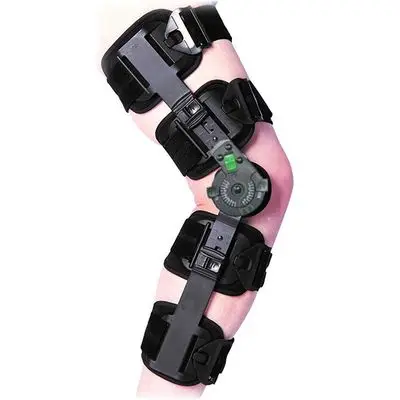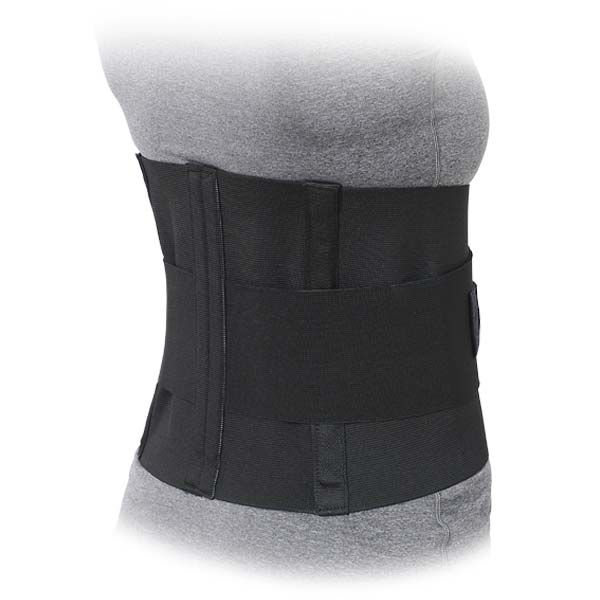Knee Braces
Introduction
Knee braces are essential tools for individuals experiencing knee injuries, chronic pain, or those recovering from surgery. Designed to provide support, stability, and protection, knee braces can significantly enhance mobility and quality of life. Whether you’re an athlete dealing with a sports injury or someone managing arthritis, the right knee brace can help. In this article, we explore the different types of knee braces, their uses, benefits, and how to choose the best one for your needs.
Types of Knee Braces
Knee braces come in various forms, each tailored to specific conditions and levels of support. Here are the primary types:
Prophylactic Braces
- These braces are designed to prevent knee injuries during physical activities, particularly contact sports like football or rugby.
- They offer moderate support and protection, reducing the risk of ligament injuries by stabilizing the knee.
Functional Braces
- Often used after a knee injury (e.g., ACL tears) or surgery, functional braces provide stability to weakened or injured knee joints.
- These braces allow for a range of movement while preventing excessive motion that could further damage the knee.
- Commonly used during rehabilitation, functional braces are designed to support the knee while gradually restoring strength and mobility.
Rehabilitative Braces
- Rehabilitative braces are typically prescribed after surgery or severe injury to restrict knee movement and allow tissues to heal properly.
- These braces often feature adjustable hinges, which enable controlled movement and gradual increases in range of motion as recovery progresses.
Unloader or Offloader Braces
- These braces are specifically designed for individuals with knee osteoarthritis.
- They work by shifting weight from the damaged side of the knee joint to the healthier side, reducing pain and improving function during daily activities.
- Unloader braces are particularly beneficial for those seeking non-surgical solutions for arthritis.
Compression Sleeves
- Compression sleeves provide mild support and warmth to the knee. They are ideal for individuals with mild pain or inflammation.
- While they don’t offer as much stability as rigid braces, they are lightweight and comfortable for daily use.
Benefits of Knee Braces
Knee braces provide a range of benefits that can significantly improve an individual’s mobility and comfort. These include:
- Pain Relief: Knee braces help manage pain by providing support and reducing the stress on the knee joint. This is particularly beneficial for individuals with arthritis or ligament injuries.
- Stability: Braces stabilize the knee, reducing the risk of further injury by limiting unwanted movements.
- Injury Prevention: For athletes, wearing a knee brace during physical activity can prevent injuries by protecting ligaments and minimizing excessive movement.
- Post-Surgical Support: After knee surgery, such as ACL reconstruction, knee braces help immobilize the joint and support proper healing.
- Improved Mobility: Knee braces allow individuals to perform daily activities with greater ease and confidence, enhancing overall mobility.
Choosing the Right Knee Brace
Selecting the right knee brace is crucial for its effectiveness. Here are some factors to consider:
Condition and Purpose
- Understand your knee condition: Are you recovering from surgery, dealing with arthritis, or aiming to prevent an injury? Each condition requires a different type of brace.
- Consult with a healthcare professional to determine which type of brace is best suited to your needs.
Level of Support
- Determine the level of support you require. Functional and rehabilitative braces offer higher levels of stability, while compression sleeves provide mild support.
- Athletes may benefit from prophylactic braces that offer flexibility and protection without restricting movement.
Material and Comfort
- Knee braces come in various materials such as neoprene, which provides comfort and warmth, and more rigid materials like plastic for maximum support.
- Look for breathable and lightweight materials if you plan to wear the brace for extended periods.
Adjustability and Fit
- A proper fit is essential for the brace to work effectively. Many knee braces are adjustable, allowing you to customize the fit.
- Ensure the brace isn’t too tight, as this could restrict circulation, or too loose, as it may not provide adequate support.
Proper Use and Maintenance of Knee Braces
For knee braces to be effective, they must be used correctly and well-maintained:
Follow Medical Guidance
- Always follow your doctor’s instructions regarding how long and when to wear the knee brace. Overuse or improper use can lead to muscle weakness or decreased mobility.
- If prescribed post-surgery, the brace may need to be worn continuously for a specified period, and you may gradually reduce its use as recovery progresses.
Clean Regularly
- Keeping the brace clean is important, especially if worn daily. Most knee braces can be hand-washed with mild soap and air-dried.
- Avoid using harsh chemicals, as they may damage the materials.
Inspect for Wear and Tear
- Regularly check your knee brace for signs of wear, such as loose straps or damaged hinges. Replacing worn parts or the brace itself can help maintain its effectiveness.
Combine with Exercise
- Using a knee brace in combination with physical therapy exercises can help strengthen the muscles around the knee, improving overall stability and function.
- Your healthcare provider or physical therapist can recommend exercises that are safe and effective for your specific condition.
Conclusion
Knee braces are invaluable tools for those recovering from injury, managing chronic knee pain, or seeking to prevent knee injuries during physical activities. By providing stability, reducing pain, and supporting mobility, knee braces enhance the quality of life for many individuals. Whether you need a brace for post-surgery support, arthritis management, or athletic protection, understanding the different types of knee braces and selecting the right one for your needs is crucial. Always consult a healthcare professional to ensure you make the best choice for your knee health.
Lumbar Sacral = Back Support W/ Side Pulls
A back support with side pulls is a type of orthopedic brace designed to provide stability, compression, and support to the lower back, particularly in cases of lower back pain, injury, or strain. The addition of side pulls allows for adjustable compression and increased support, helping to alleviate pain and promote proper posture.
Key Features of a Back Support with Side Pulls
Adjustable Side Pulls
- Side pulls are adjustable straps or laces that allow users to tighten or loosen the brace as needed. This feature provides customizable compression and support to the lower back, enhancing comfort and effectiveness.
- The side pulls allow for easy adjustments throughout the day, accommodating changes in comfort level or activity.
Lumbar Support
- The brace is designed to target the lumbar region (lower back), providing support to the spine and surrounding muscles. This can help reduce stress on the back and prevent further injury.
Compression
- The compression provided by the brace helps reduce swelling and inflammation, which can lead to pain relief. Compression also promotes better posture and can improve muscle engagement in the lower back.
Breathable Material
- Many back supports with side pulls are made from breathable, moisture-wicking materials to ensure comfort during extended use. This helps reduce heat buildup and prevents skin irritation.
Ergonomic Design
- Designed to fit the natural curves of the back, the support is contoured to provide a snug and comfortable fit. The side pulls enable adjustments to fit a variety of body shapes and sizes.
Velcro or Hook-and-Loop Fastening
- The brace is usually secured with Velcro or hook-and-loop fasteners, allowing users to easily adjust the tightness for optimal support.
Uses of a Back Support with Side Pulls
Lower Back Pain Relief
- Ideal for people suffering from lower back pain due to muscle strain, overuse, or conditions like sciatica or herniated discs. The side pulls provide extra support to stabilize the lower back and alleviate pain.
Posture Improvement
- Helps correct poor posture by providing lumbar support and encouraging a more upright position. This can be particularly helpful for individuals who spend long hours sitting or standing in improper positions.
Injury Prevention
- Used by athletes, manual laborers, or individuals who perform heavy lifting to prevent lower back injuries. The brace adds extra stability to the spine and reduces the risk of strain or injury.
Post-Surgical Support
- Provides stability and reduces strain on the lower back following surgery or injury, promoting a faster recovery and preventing reinjury.
Chronic Back Conditions
- Beneficial for individuals with chronic back conditions such as degenerative disc disease, osteoarthritis, or lumbar stenosis. The adjustable side pulls allow for consistent support based on the level of discomfort.
Benefits of Back Support with Side Pulls
- Customizable Compression: The adjustable side pulls enable the user to tighten or loosen the brace, providing the right amount of compression based on activity level or pain.
- Improved Stability: By stabilizing the lower back and promoting proper posture, the brace helps reduce strain on the spine and surrounding muscles.
- Pain Relief: Compression and support can alleviate pain caused by injury, muscle strain, or chronic back conditions.
- Enhanced Mobility: Many users find that the brace allows them to continue daily activities with less pain, while still supporting their back.
How to Use a Back Support with Side Pulls
- Position the Brace: Center the back support over your lower back (lumbar region), ensuring it is sitting comfortably.
- Fasten the Brace: Secure the front closure (typically Velcro) around your abdomen. The brace should fit snugly but not too tight to restrict breathing or movement.
- Adjust Side Pulls: Tighten or loosen the side pulls as needed to customize the level of compression and support. Make sure the brace feels secure and provides adequate support without causing discomfort.
- Wear During Activity: Use the back support during activities that may strain your lower back, such as lifting, bending, or prolonged sitting/standing. You can also wear it during exercise if advised by a healthcare provider.
- Do Not Overuse: While a back support can be helpful for pain relief and injury prevention, it’s important not to become overly reliant on the brace. Overuse can lead to weakened back muscles. Gradually work on strengthening your back through physical therapy or exercises.
Care and Maintenance
- Follow the manufacturer’s instructions for cleaning and maintaining the back support. Most are hand-washable or machine-washable in a gentle cycle.
- Ensure that the brace is fully dry before wearing it again to prevent skin irritation or damage to the materials.
A back support with side pulls can be an effective tool for managing back pain, supporting posture, and preventing injury. It’s ideal for those with lower back issues who need adjustable support for varying levels of activity and comfort.
ORDER NUMBER: 501-W, 503-W, 505-W, 507-W, 507-W, 508-W, 509-W, 510-W, 511-W, 512-W
501-B, 503-B, 505-B, 507-B, 508-B, 509-B, 510-B, 511-B, 512-B
SIZE: X-Small thru 5X Large (see sizing chart to the left)
PRODUCT HIGHLIGHTS:
• Form-fitting 10" all-elastic with double pull side panels for additional support
• High quality Velcro™ closure for durability
• Four flexible stays in back panel for excellent support
INDICATIONS:
Ideal for providing support and compression for strains and sprains of the lower back.
SUGGESTED HCPC: L0625
Categories: Cervical, Spine & Abdominal
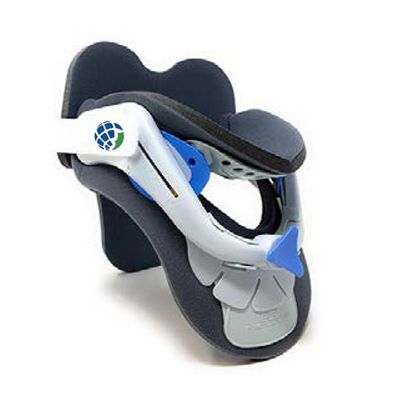
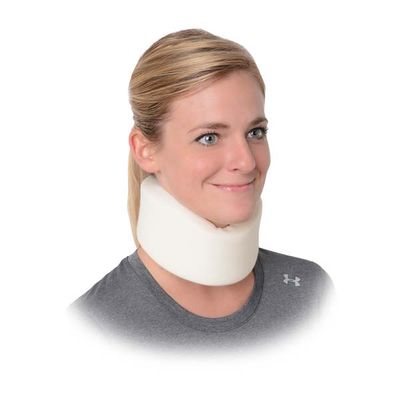
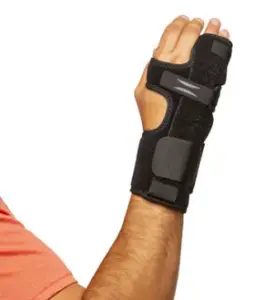
Knuckle Orthosis: Purpose, Benefits, and Applications
Knuckle Orthosis Knuckle Orthosis: Purpose, Benefits, and Applications A Knuckle Orthosis is a specialized medical device designed to provide stability, support, and protection to the metacarpophalangeal (MCP) joints—the knuckles of the hand. These orthotic devices are commonly used in the… Continue Reading…

Wrist and Hand Braces: Support, Relief, and Rehabilitation for Hand and Wrist Conditions
Wrist and Hand Braces Introduction Wrist and hand braces are essential tools for individuals managing pain, recovering from injuries, or dealing with chronic conditions such as carpal tunnel syndrome, arthritis, or tendonitis. These braces provide stability, compression, and support to… Continue Reading…

Orthopedic Shoulder Braces: Support for Shoulder Injuries and Chronic Conditions
Orthopedic Shoulder Braces Introduction Orthopedic shoulder braces are designed to provide support and stabilization for individuals recovering from shoulder injuries, managing chronic shoulder pain, or undergoing post-surgical rehabilitation. These braces help alleviate discomfort, protect the shoulder joint, and prevent further… Continue Reading…

